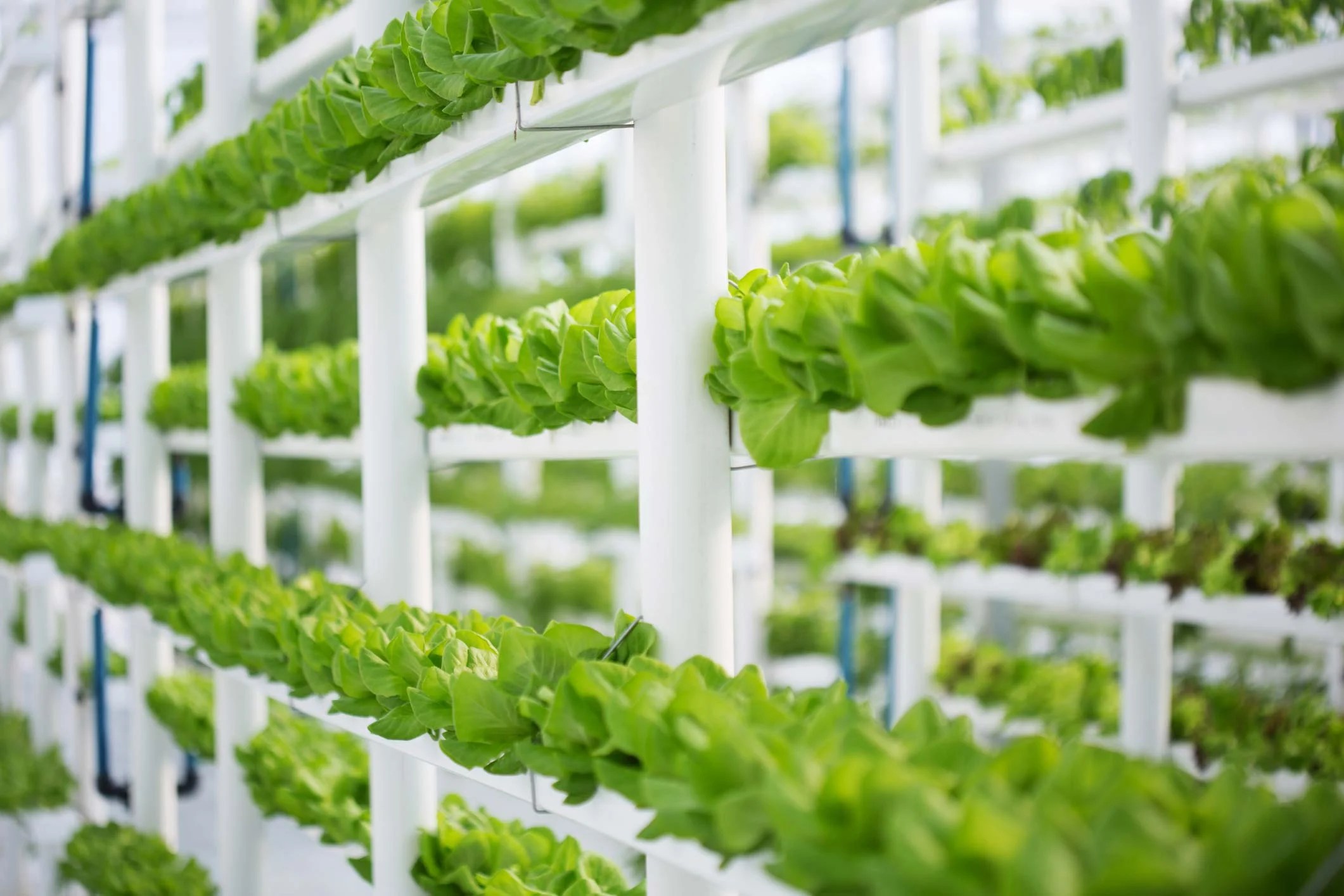Maximize your hydroponic yields with precision-crafted DIY fertilizers! This comprehensive guide provides a step-by-step approach to creating custom nutrient blends, empowering you to take control of your hydroponic garden and unlock your plants’ full potential. Forget generic store-bought solutions—learn how to become a nutrient mixologist and craft the perfect recipe for explosive growth!
Why DIY Hydroponic Nutrients?
Before we dive into the how-to, let’s explore the compelling reasons why crafting your own hydroponic fertilizers is a game-changer. While pre-mixed options offer convenience, DIY opens a world of customization and control. Just like a chef creating a signature dish, you can tailor your nutrient solutions to your plants’ exact needs at every growth stage. This precision not only optimizes growth and yield but can also lead to substantial cost savings in the long run. Think of it as investing in your plants’ health and your wallet!
Mixing Your Masterpiece: A Step-by-Step Guide
This section provides a detailed walkthrough of creating your own hydroponic fertilizer, breaking down each stage into manageable steps.
Step 1: Gathering Your Ingredients
Like stocking your kitchen for a culinary adventure, begin by assembling your essential ingredients. These include macronutrients (nitrogen (N), phosphorus (P), and potassium (K)), the primary building blocks for plant growth, and micronutrients (calcium, magnesium, sulfur, iron, manganese, boron, zinc, copper, molybdenum, and chlorine), the essential vitamins and minerals for plant health. You can source these nutrients from various hydroponic suppliers online, such as customhydronutrients.com, either as pre-mixed base fertilizers or individual salts for maximum control. A digital scale is essential for precise measurements, preventing imbalances and ensuring your plants receive the correct proportions.
Step 2: Measure & Mix
Precision is paramount! Using your digital scale, carefully measure each nutrient according to your chosen recipe (discussed later). If using raw salts, dissolve each one separately in its own container of distilled or reverse osmosis (RO) water to create concentrated stock solutions. This extra step simplifies adjusting nutrient ratios later. If using a pre-mixed base fertilizer, follow the manufacturer’s instructions for dilution. Regardless of your approach, ensure all nutrients dissolve completely in the water to prevent clogging your hydroponic system.
Step 3: Adjust pH
pH, a measure of acidity or alkalinity, plays a crucial role in nutrient availability. Most hydroponic plants thrive in a slightly acidic pH range of 5.5 to 6.5. Use a pH meter to measure your solution’s pH and adjust accordingly using pH up or pH down solutions, available at most hydroponic stores. Regular monitoring and adjustment are crucial, as pH can drift over time.
Step 4: Monitor & Adjust
Your nutrient solution requires ongoing care. Plants consume nutrients, and pH levels can fluctuate, affecting nutrient uptake. Regularly monitor your solution’s pH and electrical conductivity (EC), which measures the overall nutrient concentration. Replenish nutrients and adjust pH as needed to maintain optimal conditions. An EC meter, while optional, provides valuable insights into your solution’s strength.
Starting Points & Customization
The Hoagland Solution: A Solid Foundation
The Hoagland solution is a classic hydroponic nutrient formula, a time-tested recipe that provides a balanced blend of essential nutrients. While research into plant nutrition is ongoing and the ideal Hoagland formula may evolve, it serves as an excellent starting point. You can find variations tailored to different plant types and growth stages, providing a foundation for customized blends.
Customizing for Specific Needs
As you gain experience, fine-tuning your nutrient solutions becomes an exciting exploration. Tailor the NPK ratio and micronutrient levels based on your specific plants and their growth stages. For instance, leafy greens like lettuce might benefit from a higher nitrogen ratio (e.g., 10-5-5), while fruiting plants like tomatoes may prefer a higher phosphorus ratio (e.g., 5-10-5) for robust fruit production. University extension services and reputable online resources offer valuable insights into diagnosing and addressing specific nutrient deficiencies, allowing you to create truly targeted nutrition.
Advanced Customization: Mastering the Art
Addressing Specific Plant Needs
Observe your plants closely – they’ll tell you what they need. Yellowing leaves might suggest a magnesium deficiency, while slow growth could indicate a nitrogen shortage. Learn to recognize these signs and adjust your nutrient solution accordingly. It’s like providing your plants with a personalized vitamin boost, ensuring they have everything they need to thrive.
Organic Options
For environmentally conscious growers, organic hydroponics is a fascinating path. Explore using organic nutrient sources like fish emulsion or compost tea, adding a layer of sustainability to your hydroponic system. While it may require some additional management, organic hydroponics offers a natural approach.
Current Research and Future Directions
The field of hydroponic nutrition is dynamic and ever-evolving. Ongoing research explores innovative techniques and formulations, from beneficial microbes that enhance nutrient uptake to nanotechnology for more efficient delivery. Stay curious and explore the latest advancements to optimize your hydroponic practices.
Safety First!
While DIY hydroponic fertilizers are generally safe, precautions are essential. Wear gloves and eye protection when handling nutrient salts, and store them in a cool, dry place away from children and pets. Avoid mixing concentrated solutions of different nutrients directly; always add them to water individually to prevent potentially hazardous reactions.
Tools and Equipment
Your hydroponic toolkit will include:
- Digital Scale: For precise measurements of nutrients.
- Measuring containers: Graduated cylinders and beakers for accurate volumes.
- Mixing containers: Buckets or jugs for preparing solutions.
- pH meter and calibration solutions: For monitoring and adjusting pH.
- EC meter (optional): For measuring nutrient concentration.
- Stirring rod or whisk: To ensure complete dissolving.
- PPE (gloves, eye protection): For safe handling of chemicals.
Reaping the Rewards
By embracing the DIY approach, you gain:
- Total Control: You become the architect of your plants’ nutrition.
- Cost Savings: Mixing your own nutrients can be significantly more economical over time.
- Targeted Nutrition: Address specific plant needs and optimize growth and yield.
Embracing the Journey
Creating custom hydroponic fertilizers is a journey of discovery. It’s about experimentation, observation, and continuous learning. Don’t be afraid to adjust your approach as you go, and remember that the rewards of a thriving hydroponic garden are well worth the effort.
Hydroponic FAQs: Addressing Common Questions
What is the best fertilizer for hydroponics?
There’s no single “best” – it depends on your plants and system. However, choose a water-soluble fertilizer designed for hydroponics, considering the NPK ratio for your specific plants. Popular options include General Hydroponics Flora Series, Botanicare Pure Blend Pro Grow, and Advanced Nutrients. Always start with a diluted solution and gradually increase as needed. Thinking about getting an above ground pool filter for your setup? We have a guide to help you find the right one.
What is the formulation of a hydroponic nutrient solution?
It’s a carefully balanced mix of macronutrients (NPK), micronutrients, and water, tailored to your plants’ needs. The exact formulation depends on several factors, including the plant type, growth stage, and hydroponic system. A pH between 5.5 and 6.5 is generally ideal. Feel sick of moving from room to room and adjusting the temperate? Worry no more, we have a piece discussing the efficiency of ac by room vs central.
By understanding the essential principles and following this guide, you can create custom hydroponic fertilizers that maximize plant health and yield. Happy growing!
- Backsplash For Gray Cabinets: Choosing the Right Backsplash Style - December 13, 2025
- Gray And White Backsplash: Ideas For Timeless Style - December 12, 2025
- Gray Kitchen Backsplash Ideas: Find Your Perfect Gray Tile - December 11, 2025









